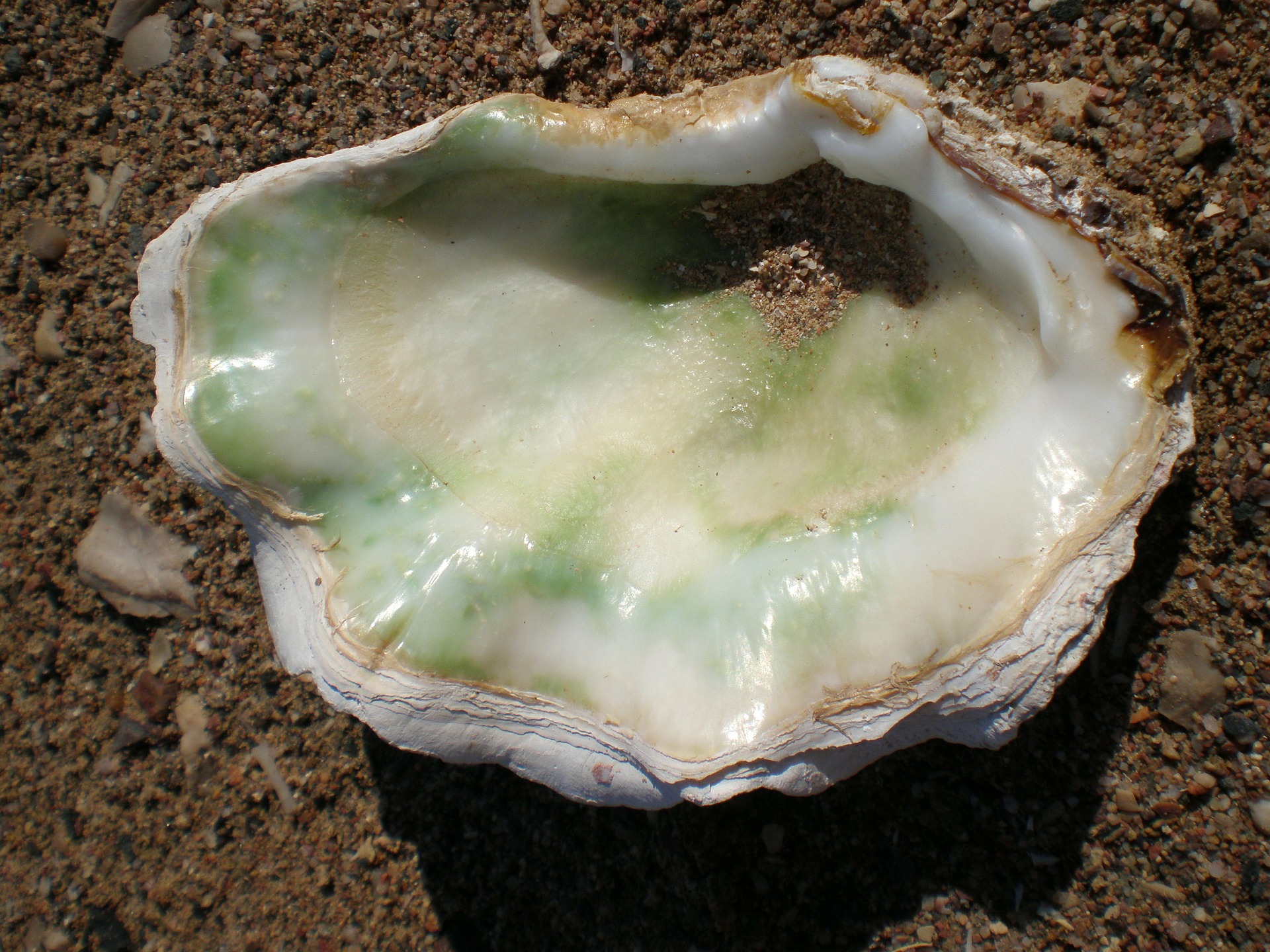Featured Stories, MIT, MIT EAPS, News | January 17, 2017
Mother-of-Pearl Holds the Key to Historical Ocean Temperatures

Studying this iridescent material in mollusk shells may give scientists a more accurate way to track historical ocean temps.
By Lauren Hinkel
A new method might provide a simpler and more accurate way of tracking ocean temperatures, writes Kavya Balaraman for ClimateWire and Scientific American. In a study published in the journal Earth and Planetary Science Letters, researchers from the University of Wisconsin, Madison and MIT think that the answer lies in mollusks’ mother-of-pearl. The thickness of the lustrous layers correlate with ocean temperature: As waters warm, the mollusk deposits more material, building up the nacre, and falling temperatures mean thinner layers.
The structure of mother-of-pearl comprises small polygonal tablets. The rate at which these grow is based on the temperature of the water around them, explained Kristin Bergmann, with the Massachusetts Institute of Technology’s Department of Earth, Atmospheric and Planetary Sciences, and one of the study’s authors.
While the procedure isn’t foolproof, it’s less complex and cheaper than current methods, which involve analyzing surrounding deep-sea sediments for their chemical composition or studying mollusk shells’ biochemical makeup.
Read the full story on Scientific American.




